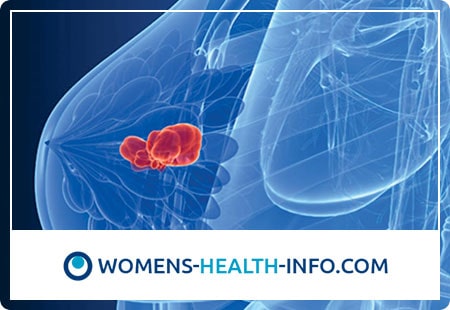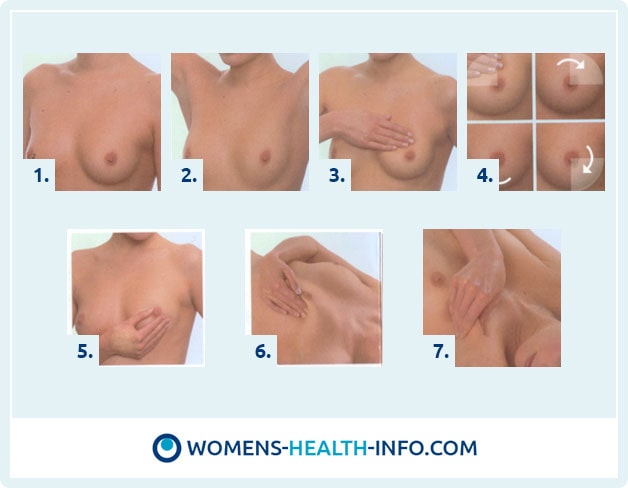
Breast cancer (BC) is a malignant tumor of the glandular tissue of the breast, 99% of patients are women.
About 1 million new cases of breast cancer are recorded annually in the world, and one woman dies from it every hour. The duration of a normal life in breast cancer patients with the diagnosis at the initial stages and the correct treatment is over 25 years; 12.8% of breast cancer patients did not survive for 1 year from the date of diagnosis.

Breast cancer risk factors
- Sexual, age, constitutional factors: female gender, age over 60, high growth.
- Genetic: blood relatives, breast cancer patients; burdened family history; carriers of mutant genes BRCA1 and BRCA2 Reproductive: early menarche (up to 12 years old), late menopause (after 54 years), no pregnancy, late first birth (after 30 years); not breastfeeding; abortion; high x-ray density of mammograms.
- Hormonal and metabolic: hyperestrogenism, hyperprolactinemia, hypothyroidism, menstrual irregularities, infertility; mastopathy, adnexitis, ovarian cyst, uterine myoma, endometriosis; obesity in postmenopausal age, diabetes mellitus, liver disease; hormone replacement therapy; use of oral contraceptives for more than 10 years.
- Environmental factors: high socio-economic status; exposure to ionizing radiation and chemical carcinogens; excess alcohol, fat, calories, animal proteins; lack of vegetables and fruits, dietary fiber.
Breast cancer prevention
Primary prevention is the prevention of disease by studying etiological factors and risk factors, environmental protection and reduction of the influence of carcinogens on the human body, normalization of family life, timely implementation of reproductive function, breastfeeding of an infant, exclusion of marriages in case of mutual oncological burden.
Secondary prevention - early detection and treatment of precancerous diseases of the mammary glands - various forms of mastopathy, fibroadenomas, other benign tumors and diseases, as well as disorders of the endocrine system, diseases of the female genital organs, liver dysfunctions.
Tertiary prevention - prevention, early diagnosis and treatment of relapses, metastases and metachronous neoplasms.
Clinical manifestations of breast cancer
- painless, dense formation in the thickness of the breast
- change in the shape and shape of the breast
- wrinkling or retraction of the breast skin
- discomfort or unusual pain in one of the breasts
- lump or swelling on the nipple, retraction
- bloody nipple discharge
- enlargement of lymph nodes under the arm from the corresponding side
Breast Cancer Diagnosis
- Self-examination of the mammary glands once a month after menstruation
- Clinical examination in a specialized medical institution
Breast self-examination: Breast examination is best done with a soapy hand in the bathroom or shower.

- Examine the shape of the breast and the appearance of the skin and nipples in front of a mirror
- Raise your arms up and examine your chest, first from the front, then from both sides
- While standing, press down on your chest with your middle three fingers
- Start at the top outer quarter - the fabric is usually thicker here - and work your way clockwise
- Then squeeze each nipple separately between your thumb and forefinger, see if there is fluid
- Continue the examination in the supine position - again in a circle, every quarter in order
- Feel the lymph nodes in the armpit with your fingers
Whatever suspicious you may find, do not diagnose yourself - go to a mammologist or do at least an ultrasound of the mammary glands, if you are under 35, and a mammogram, if older. Ultrasound of the mammary glands is done on the 5-8th day of the cycle.
 DE
DE FR
FR IT
IT ES
ES



